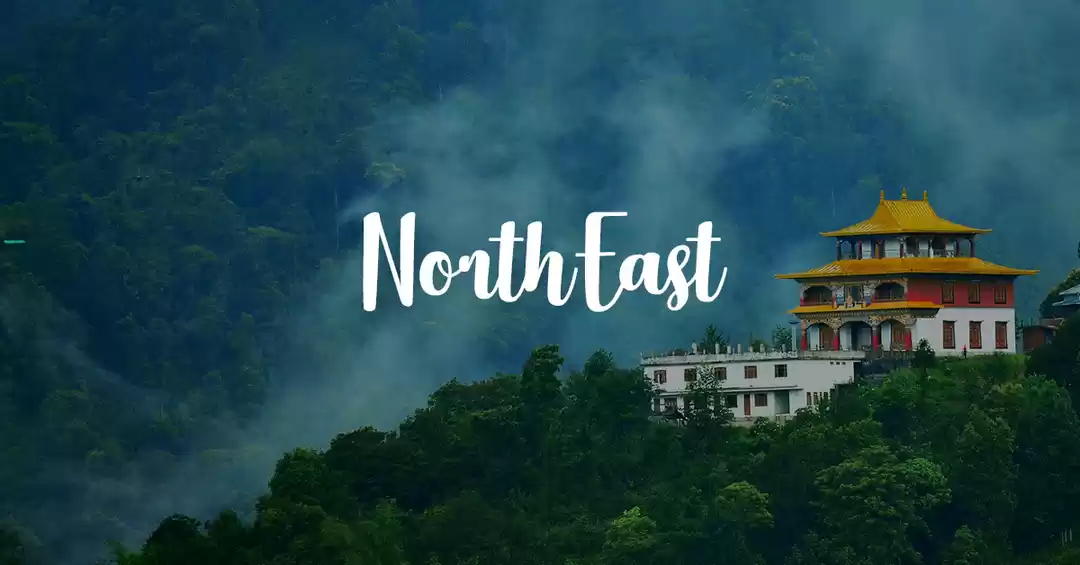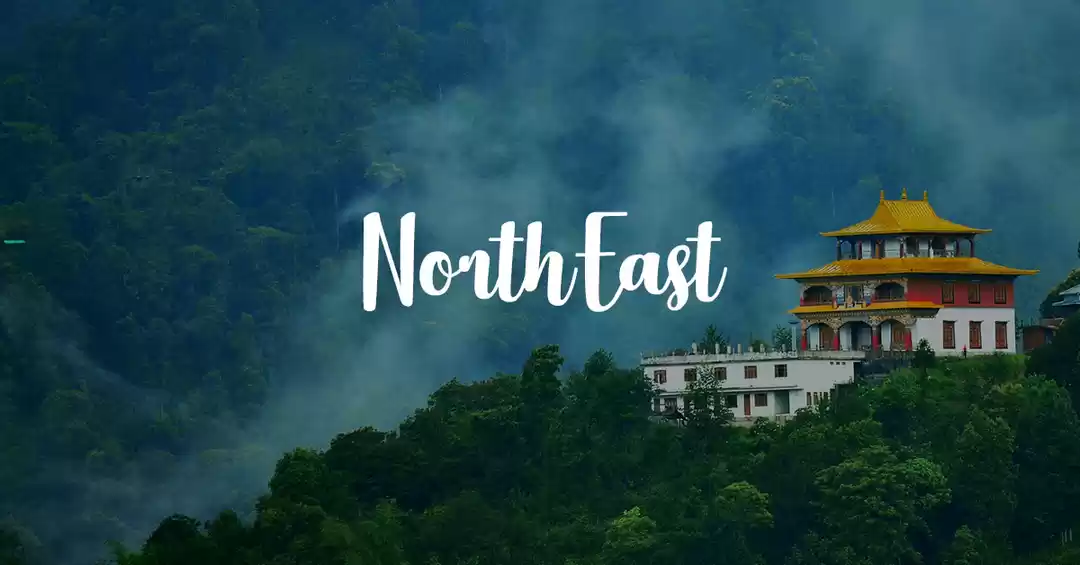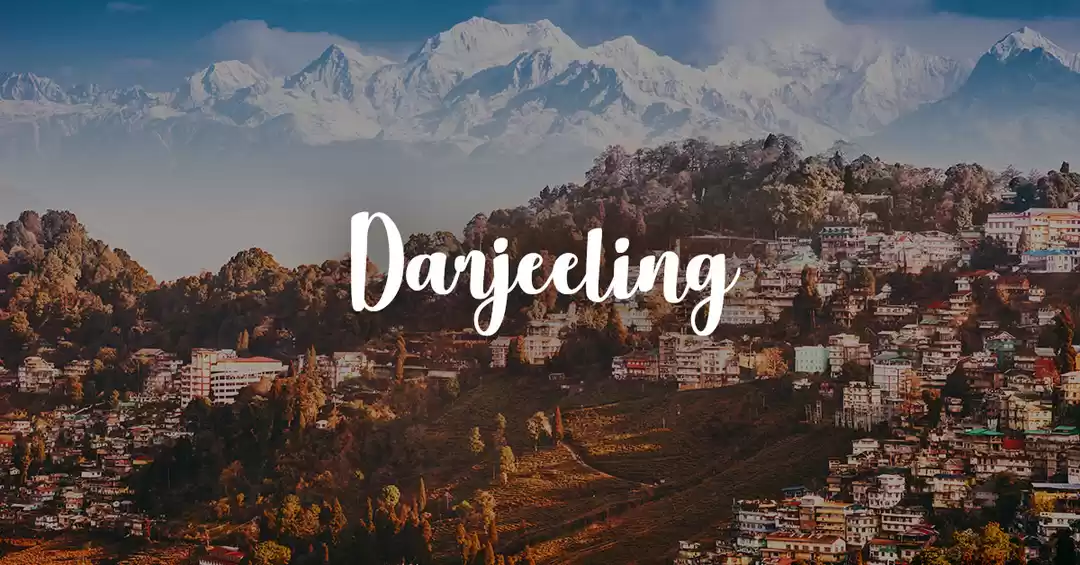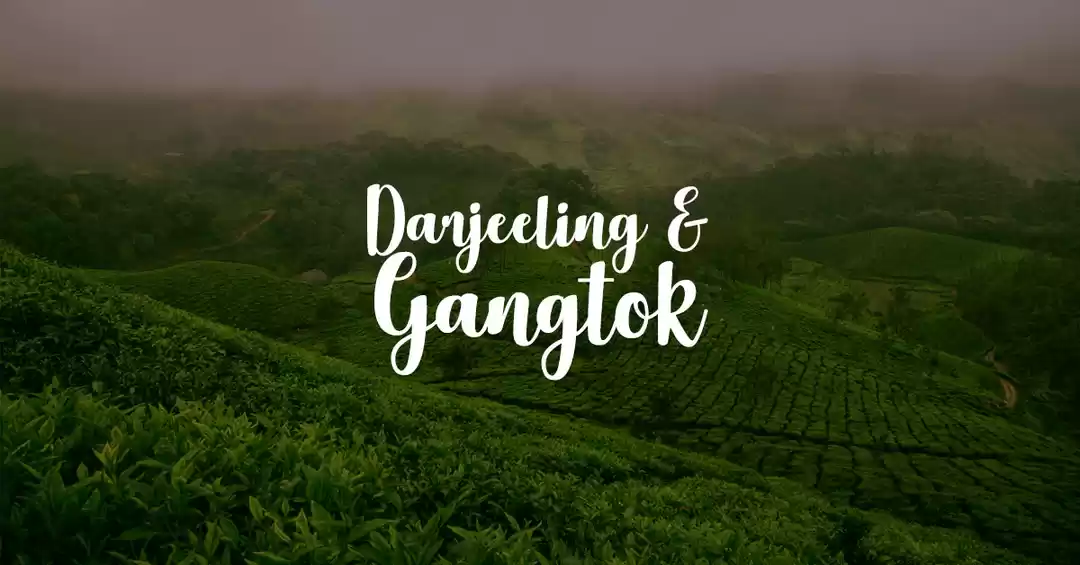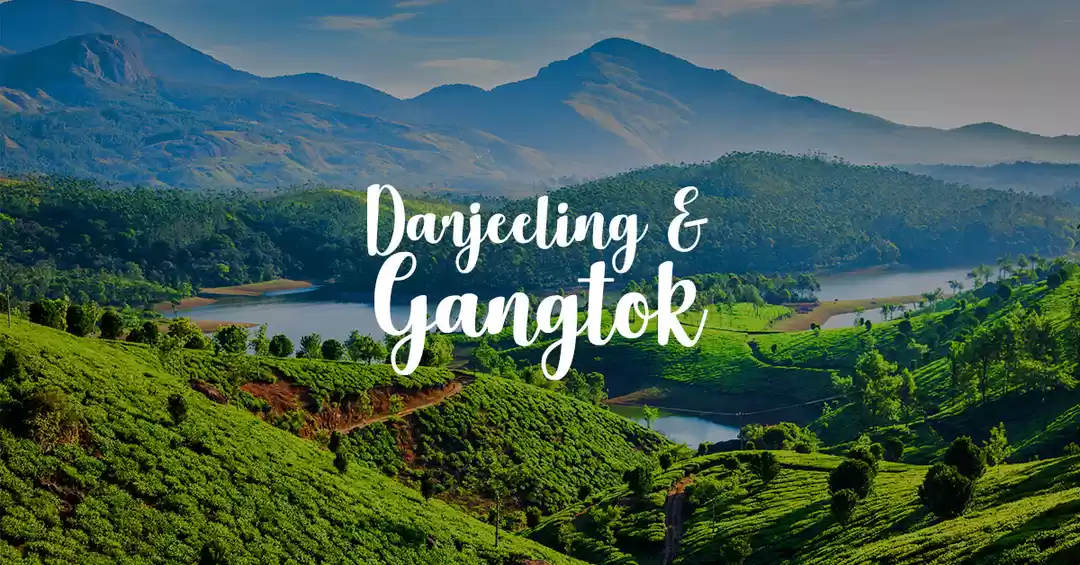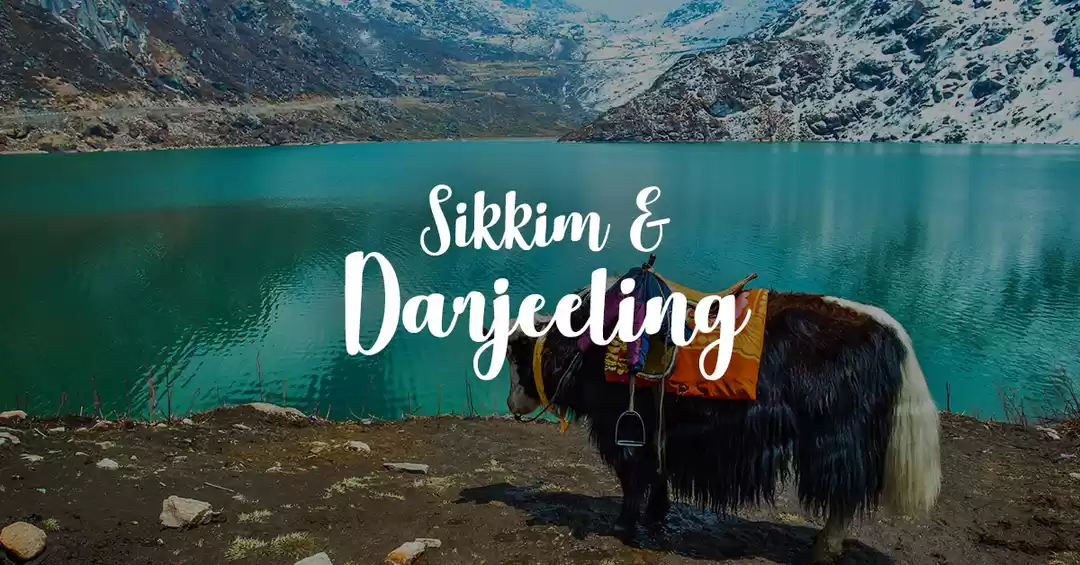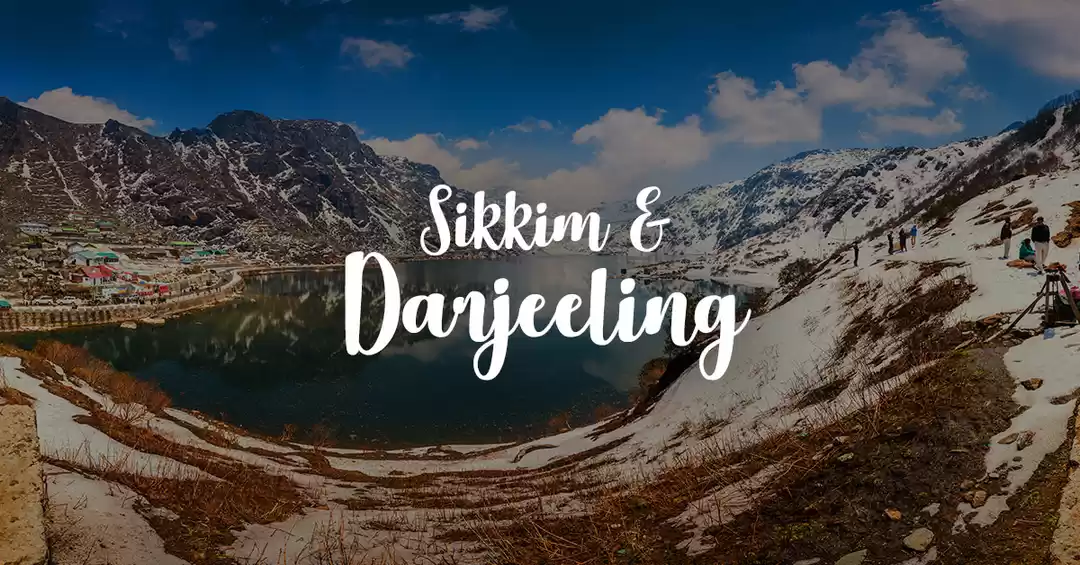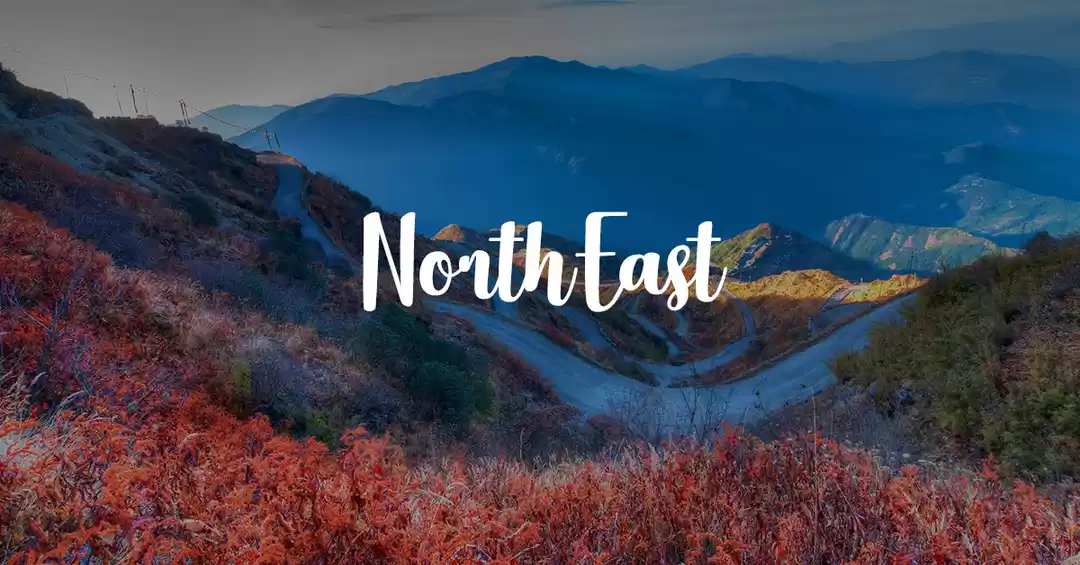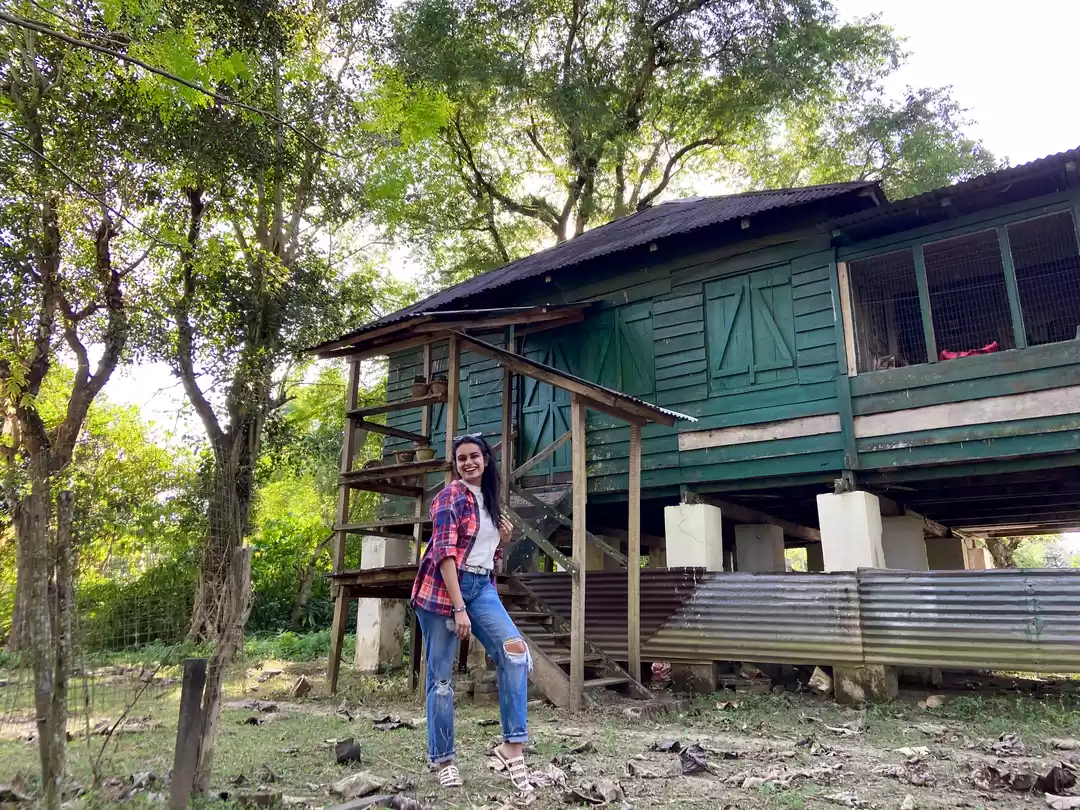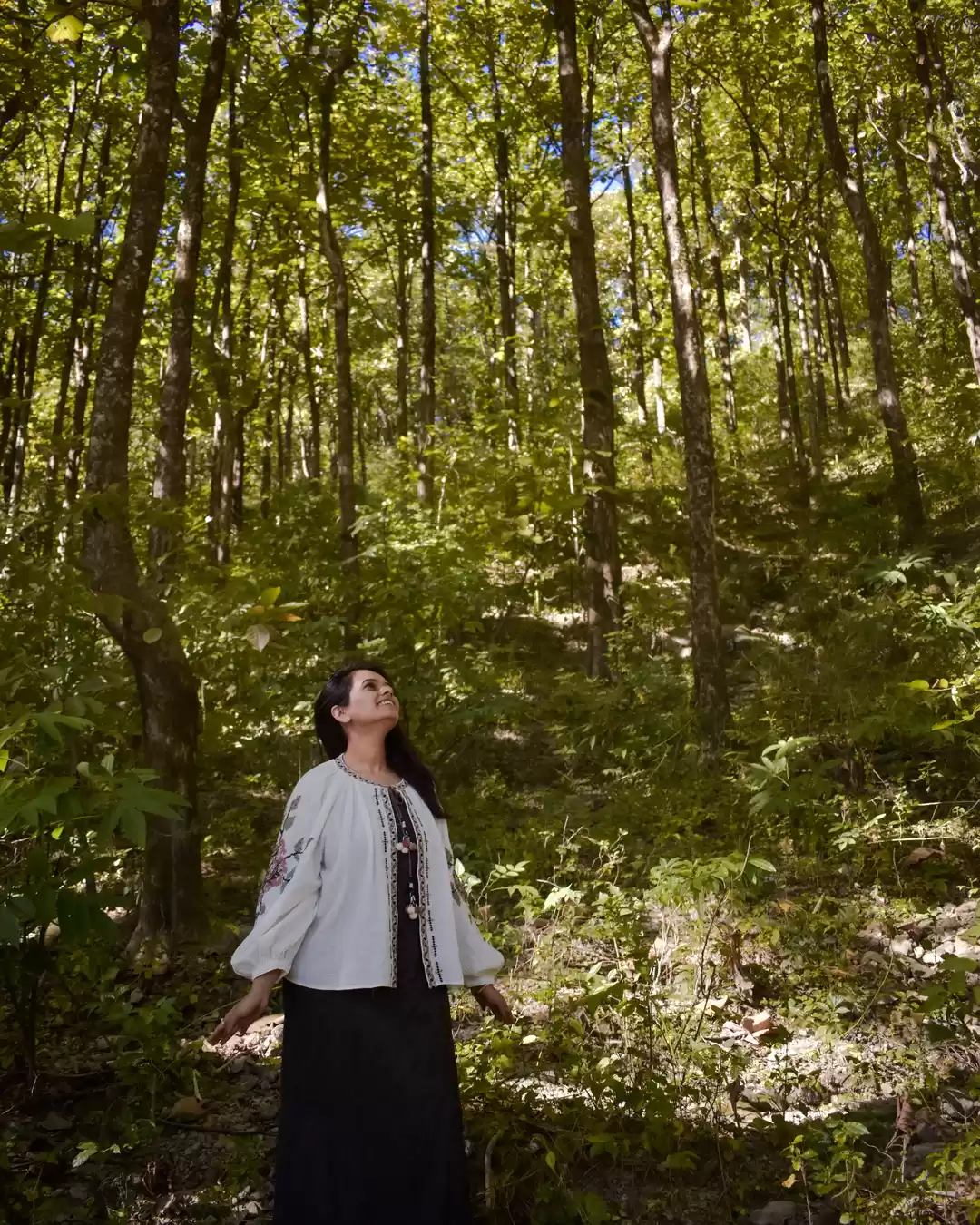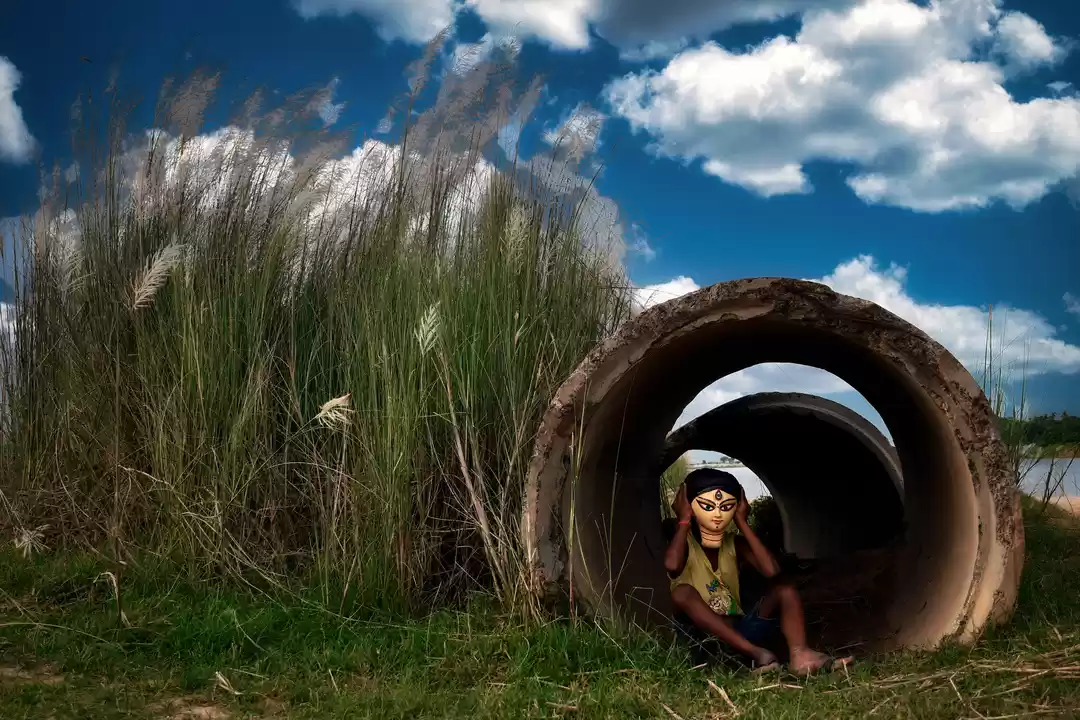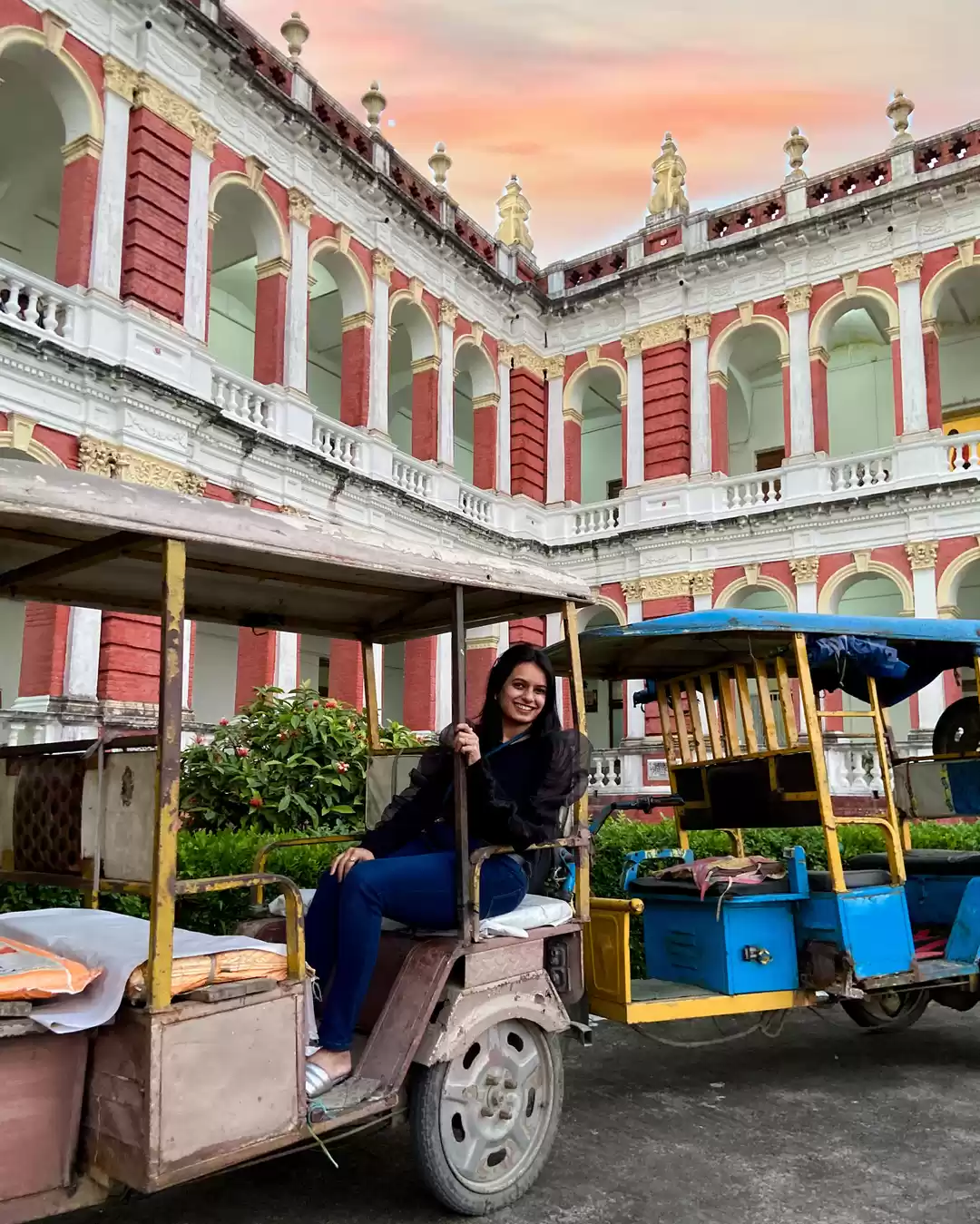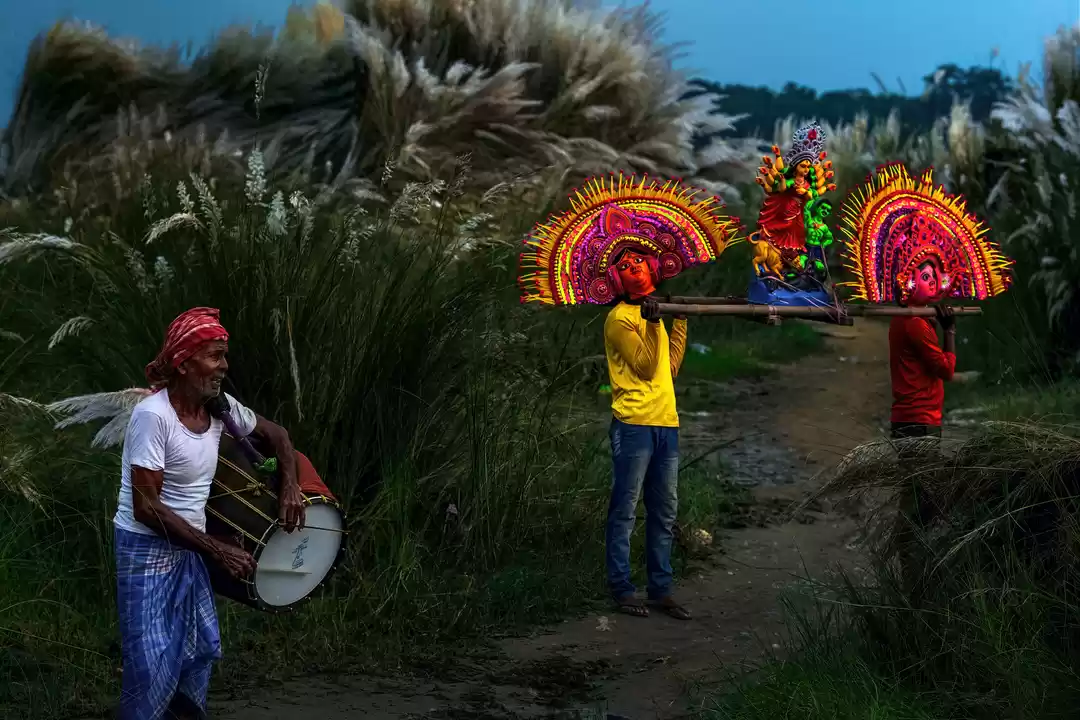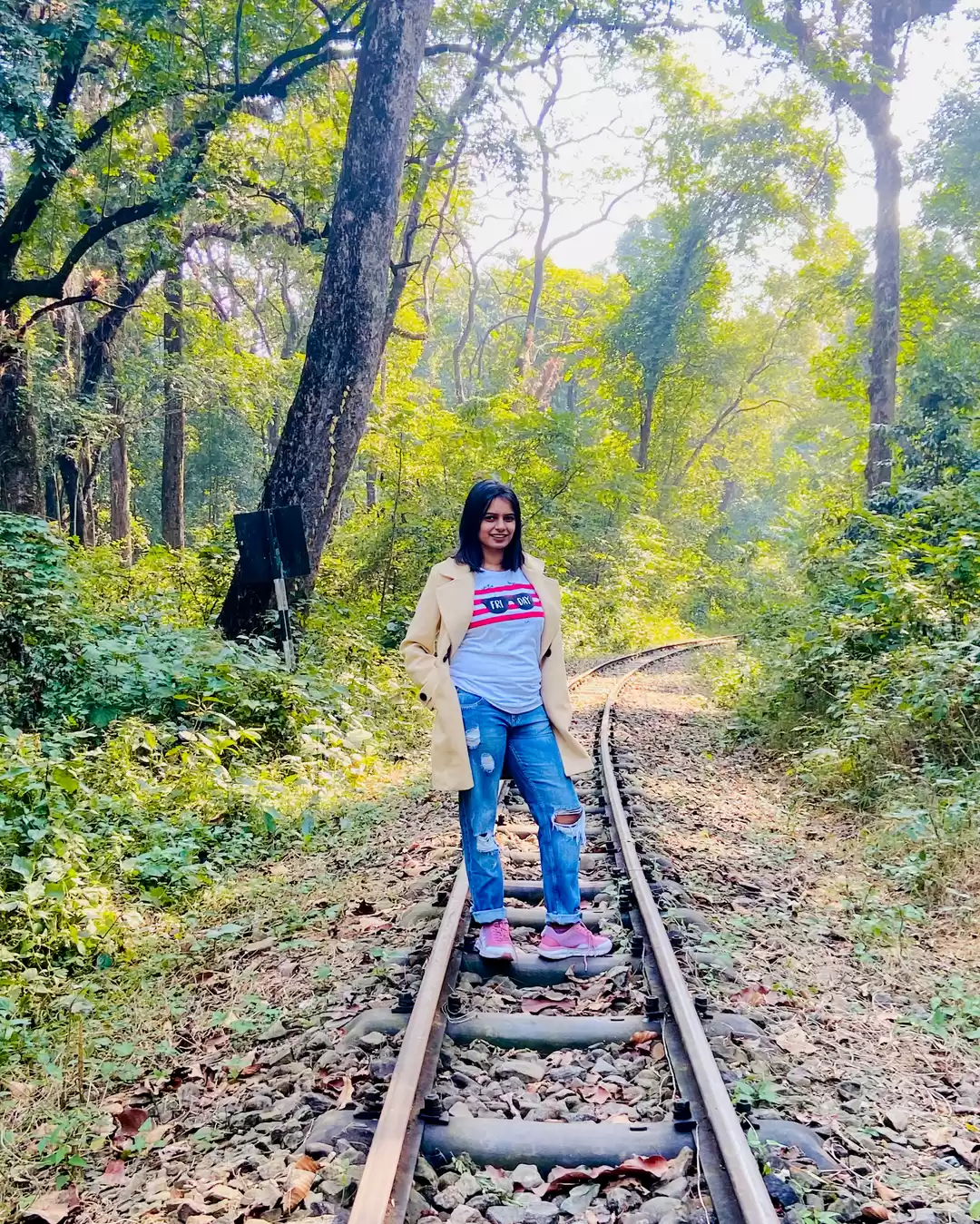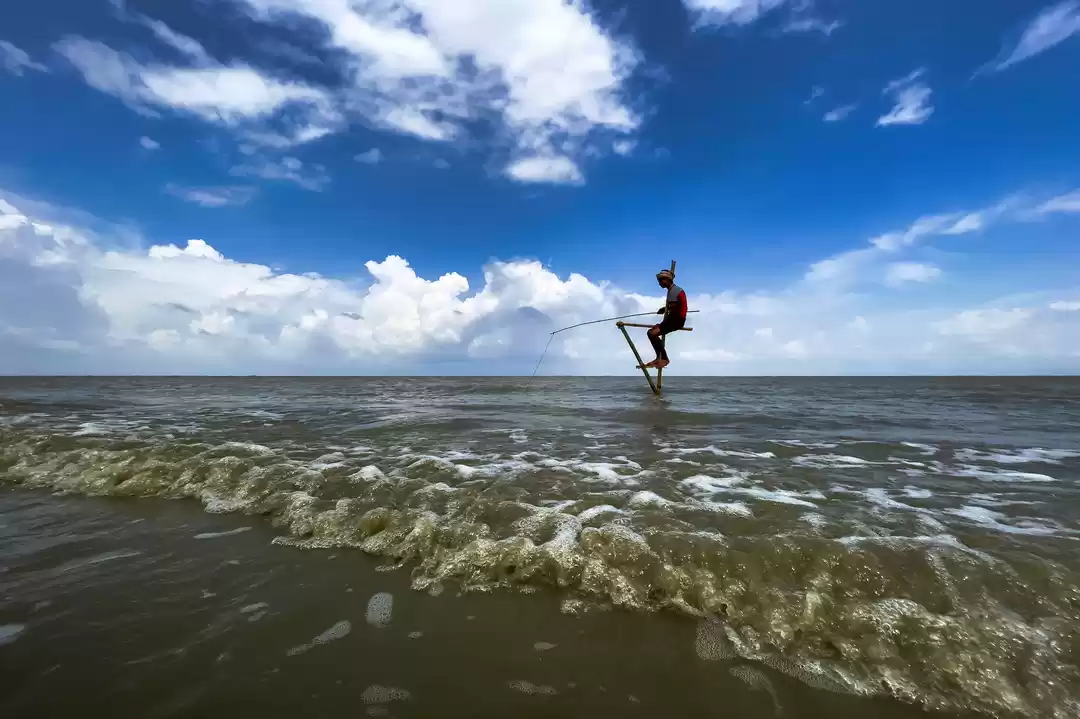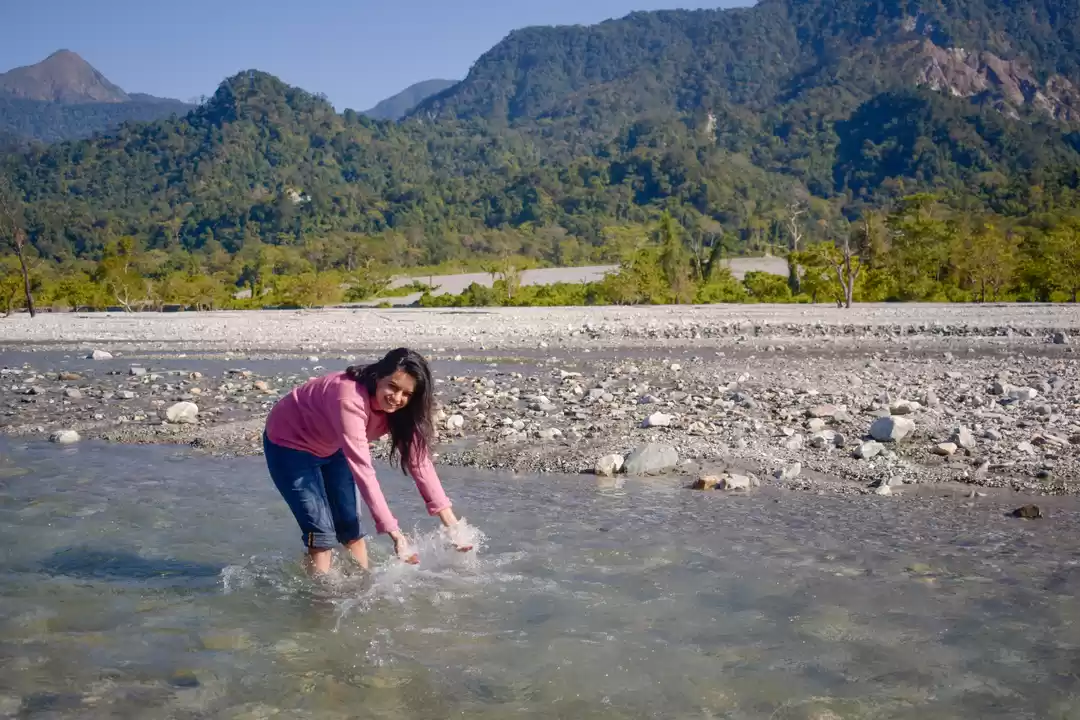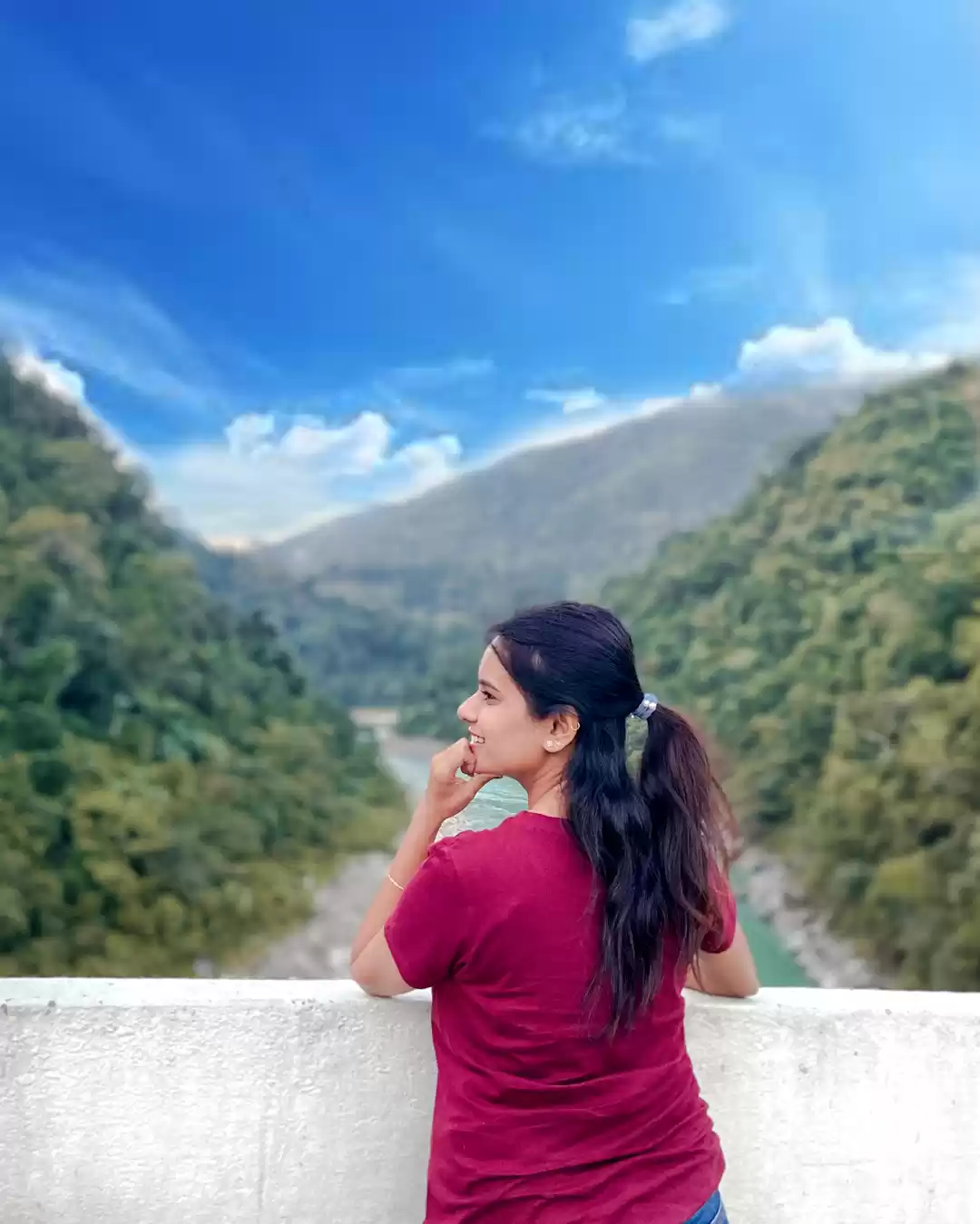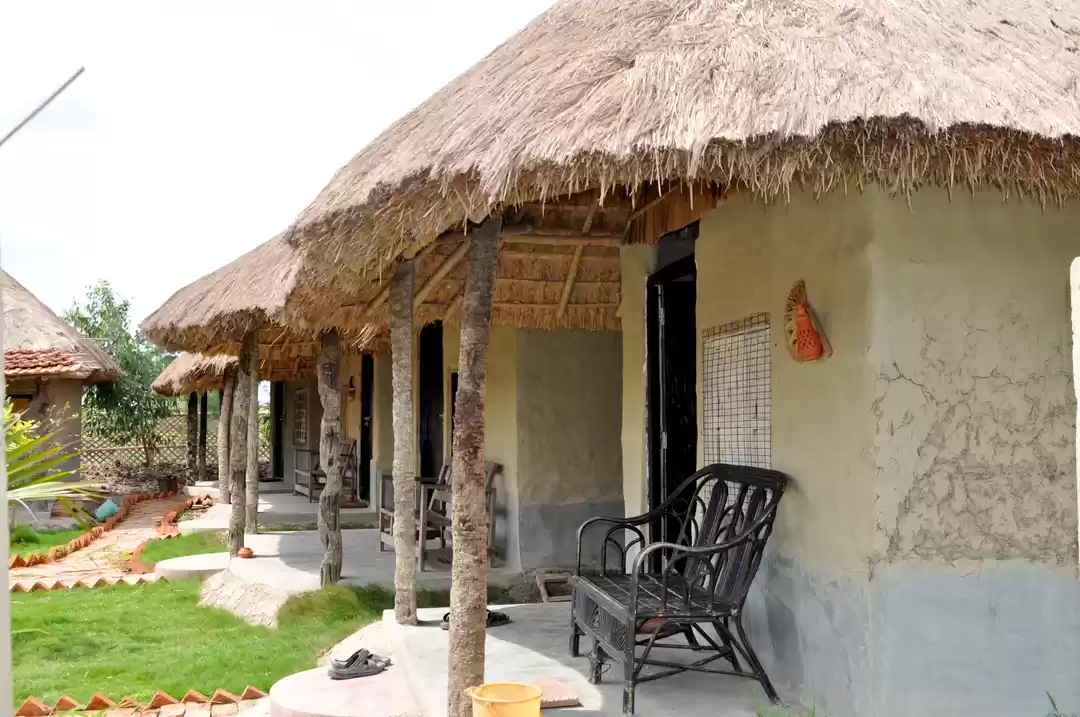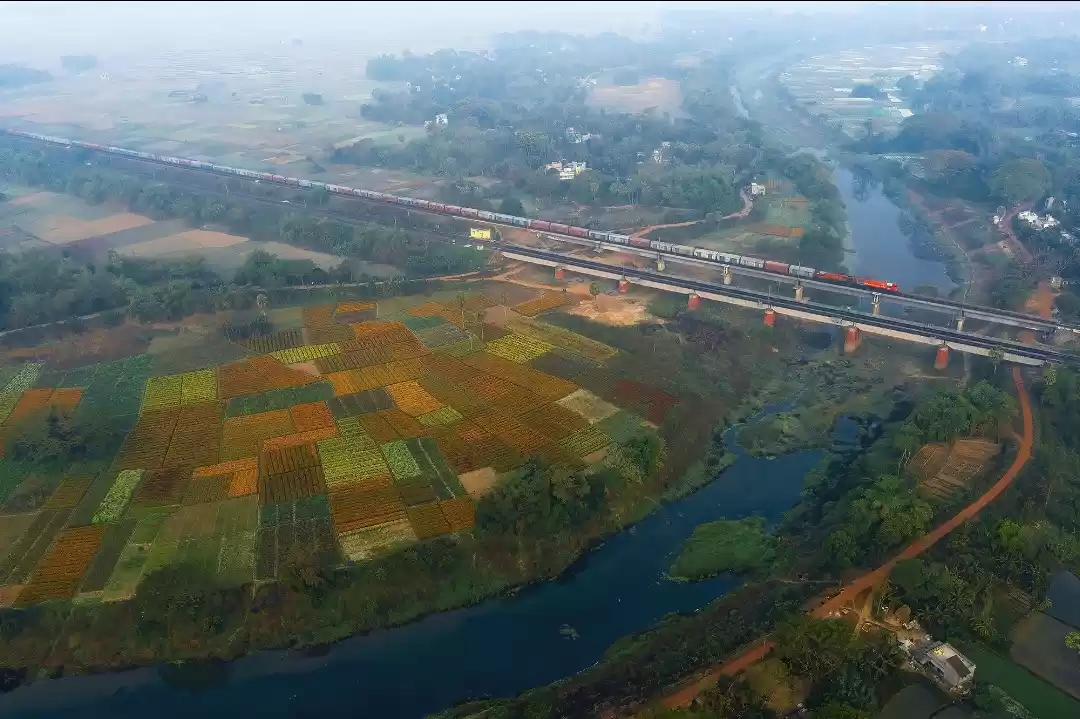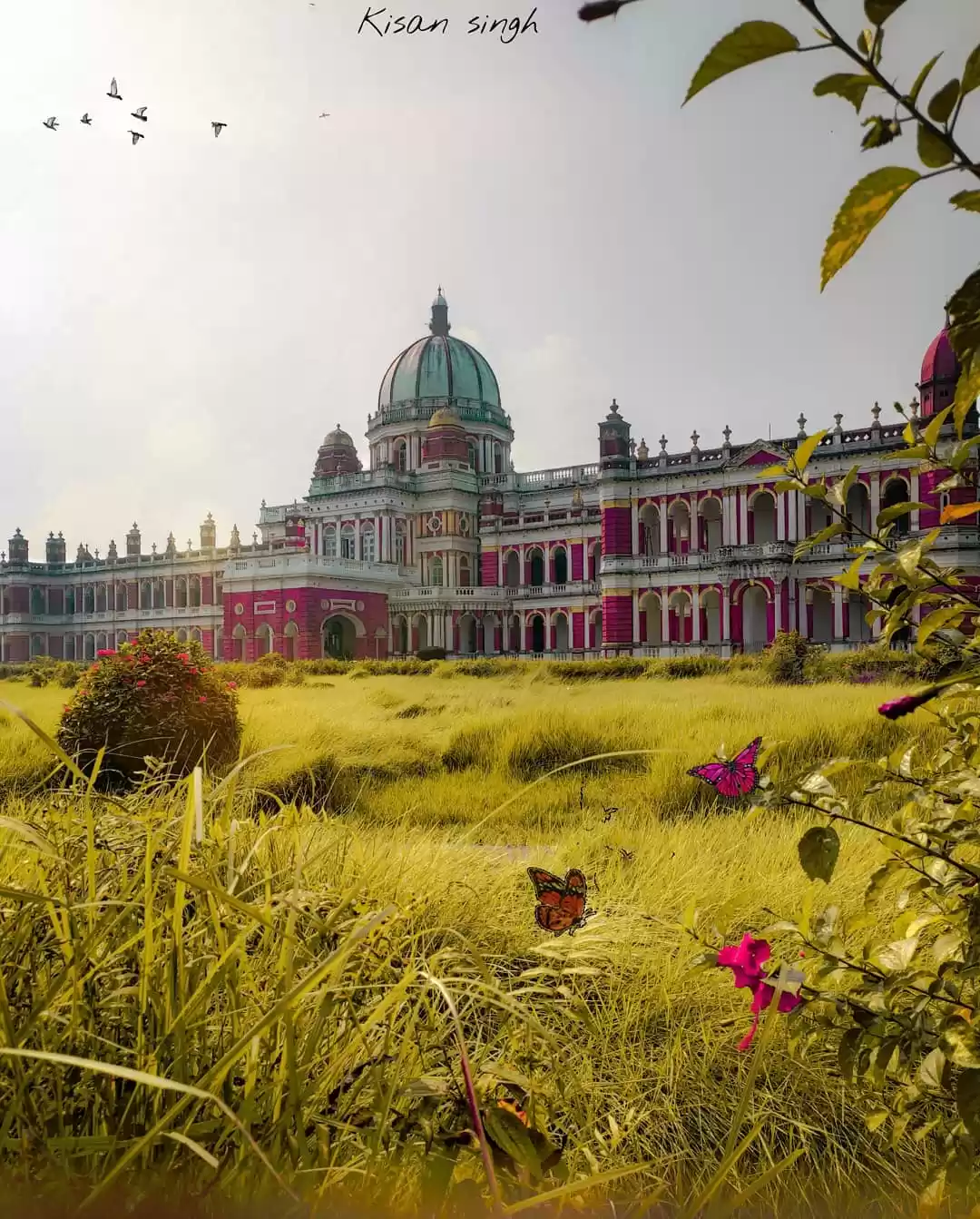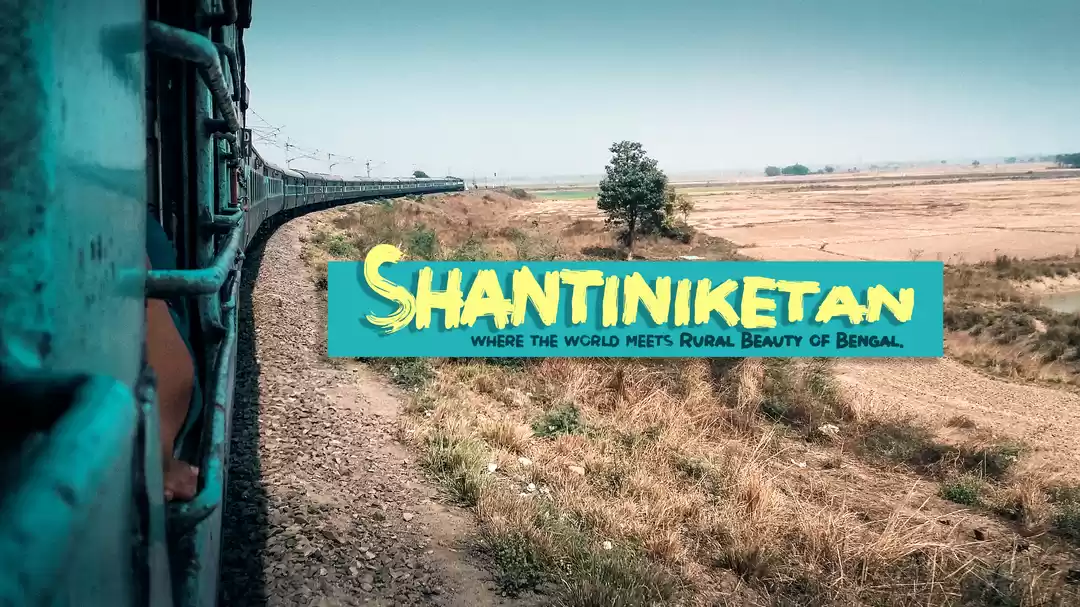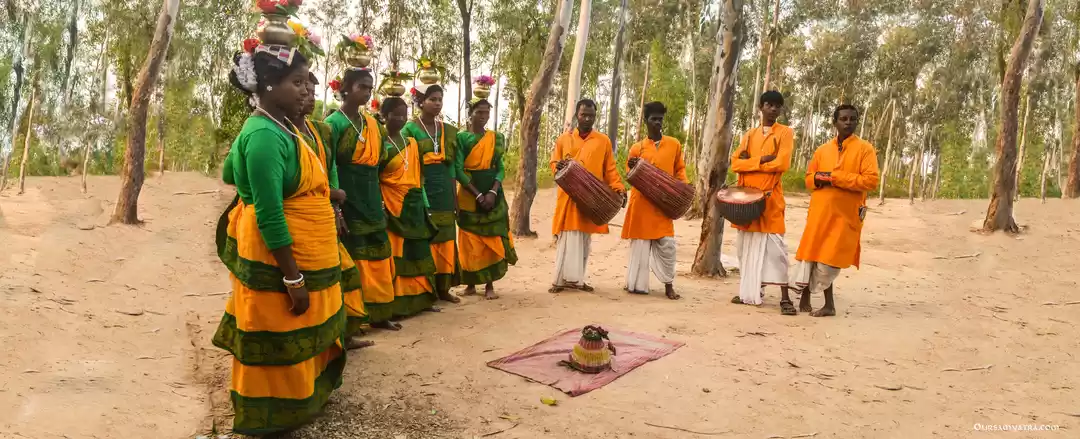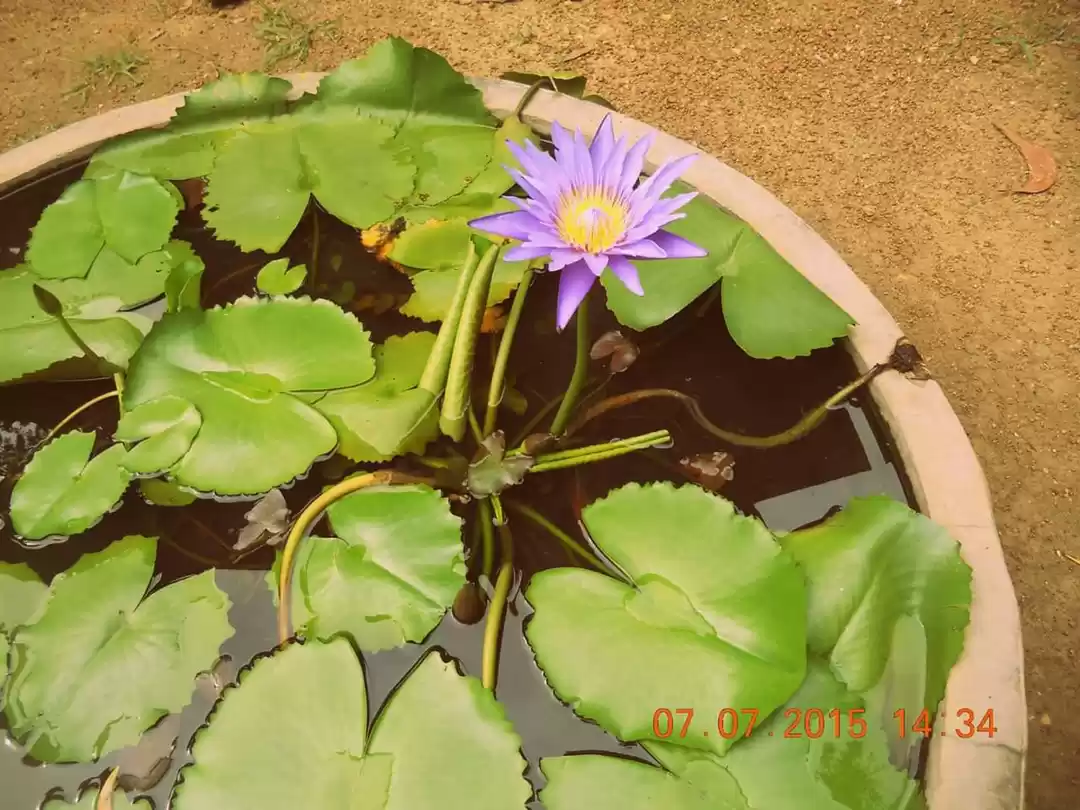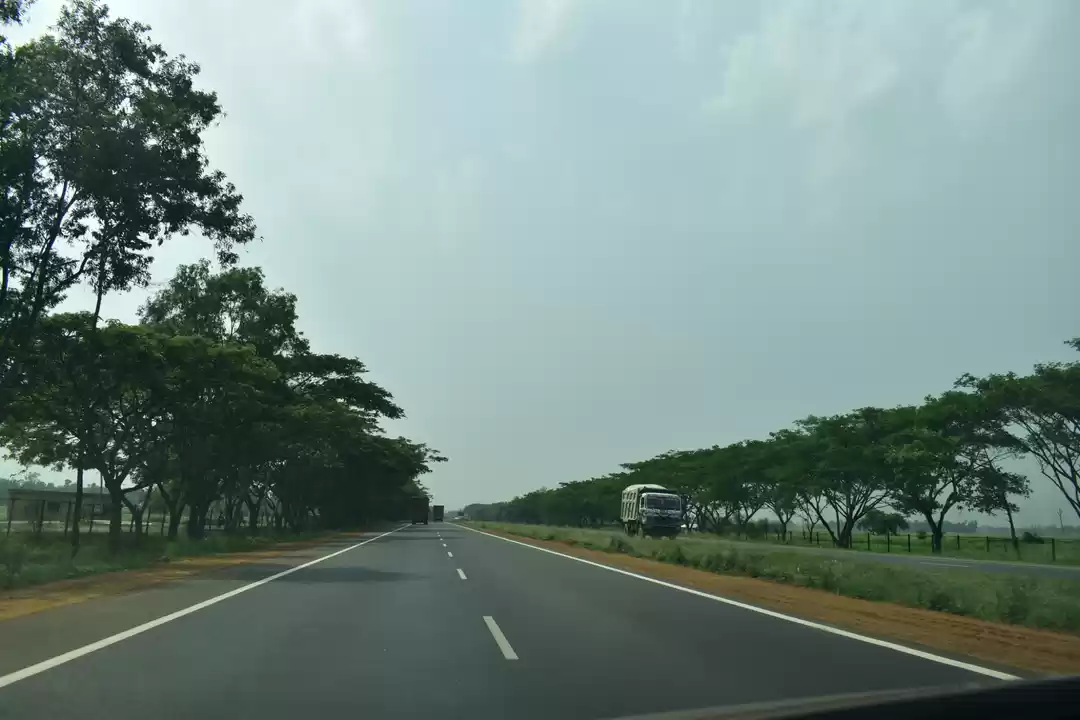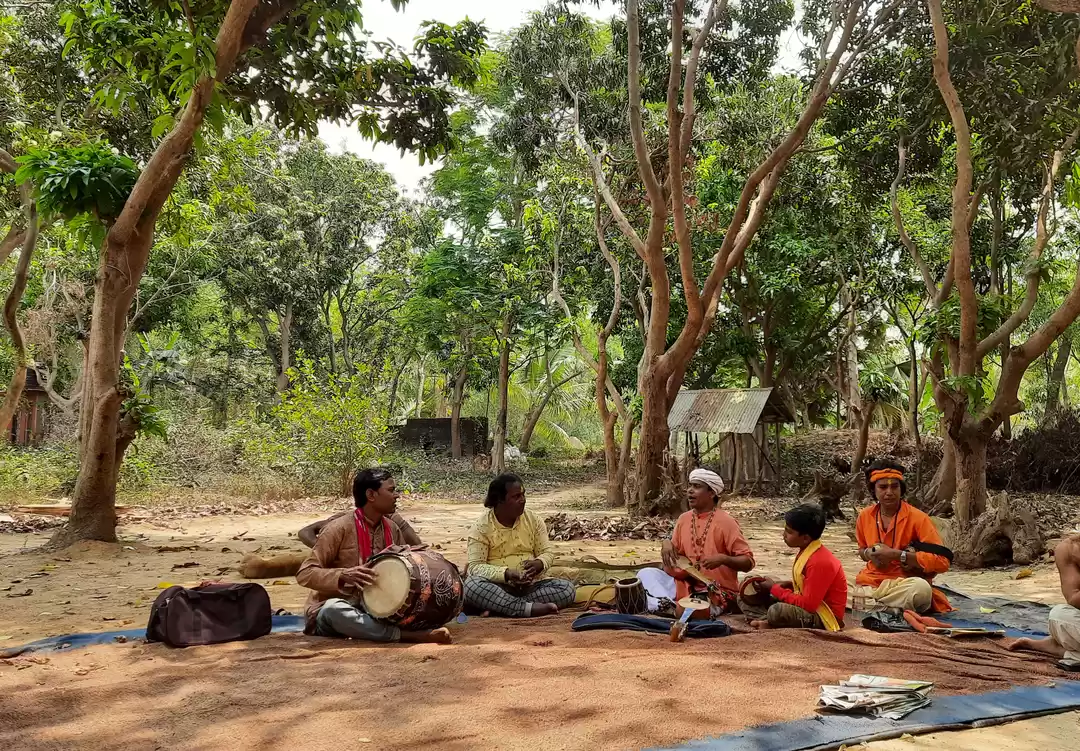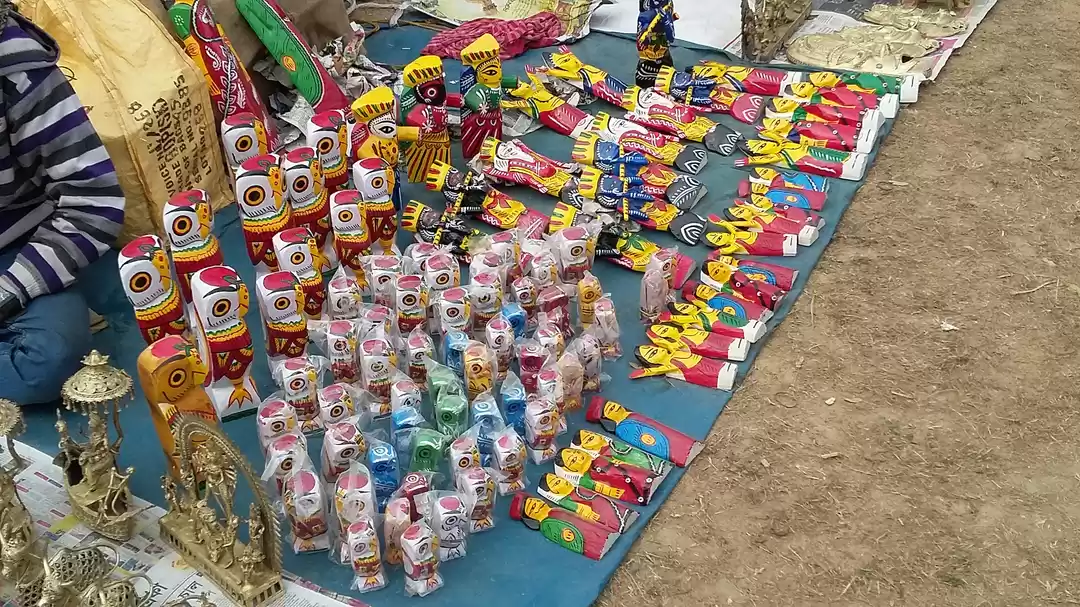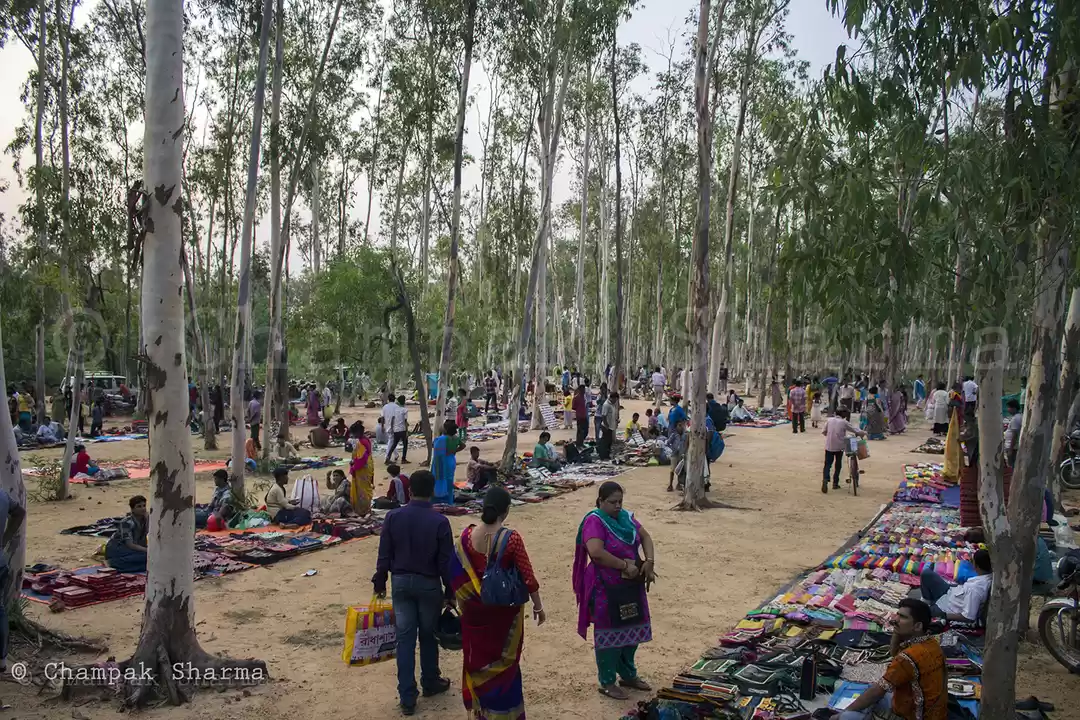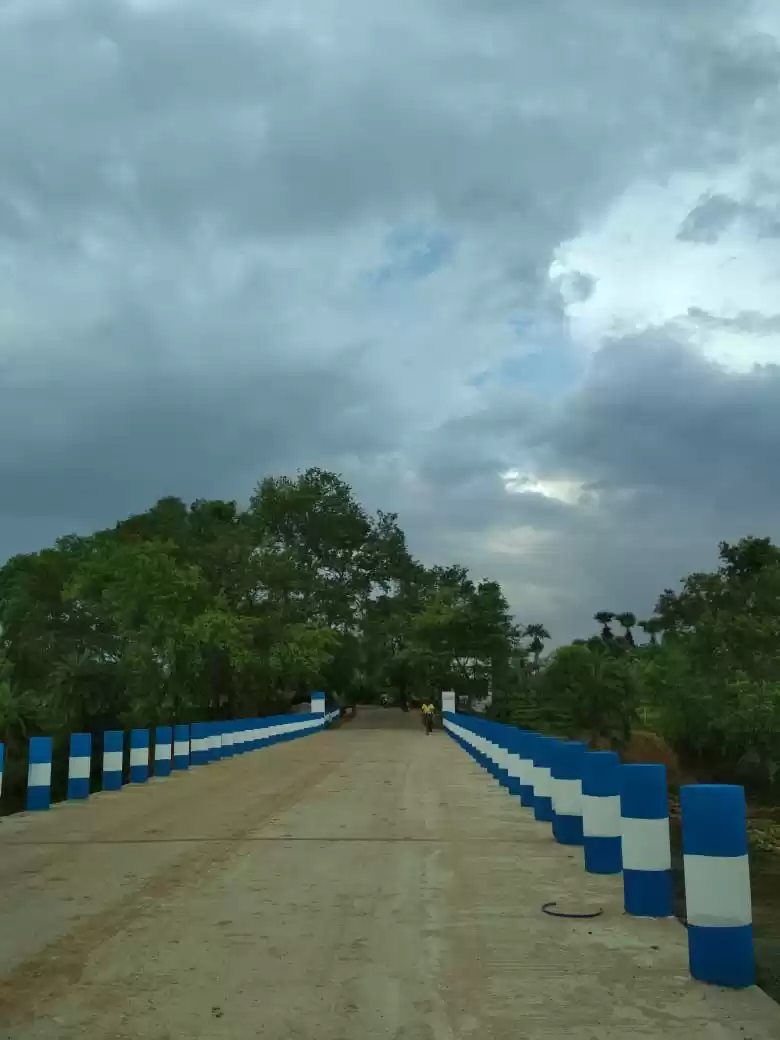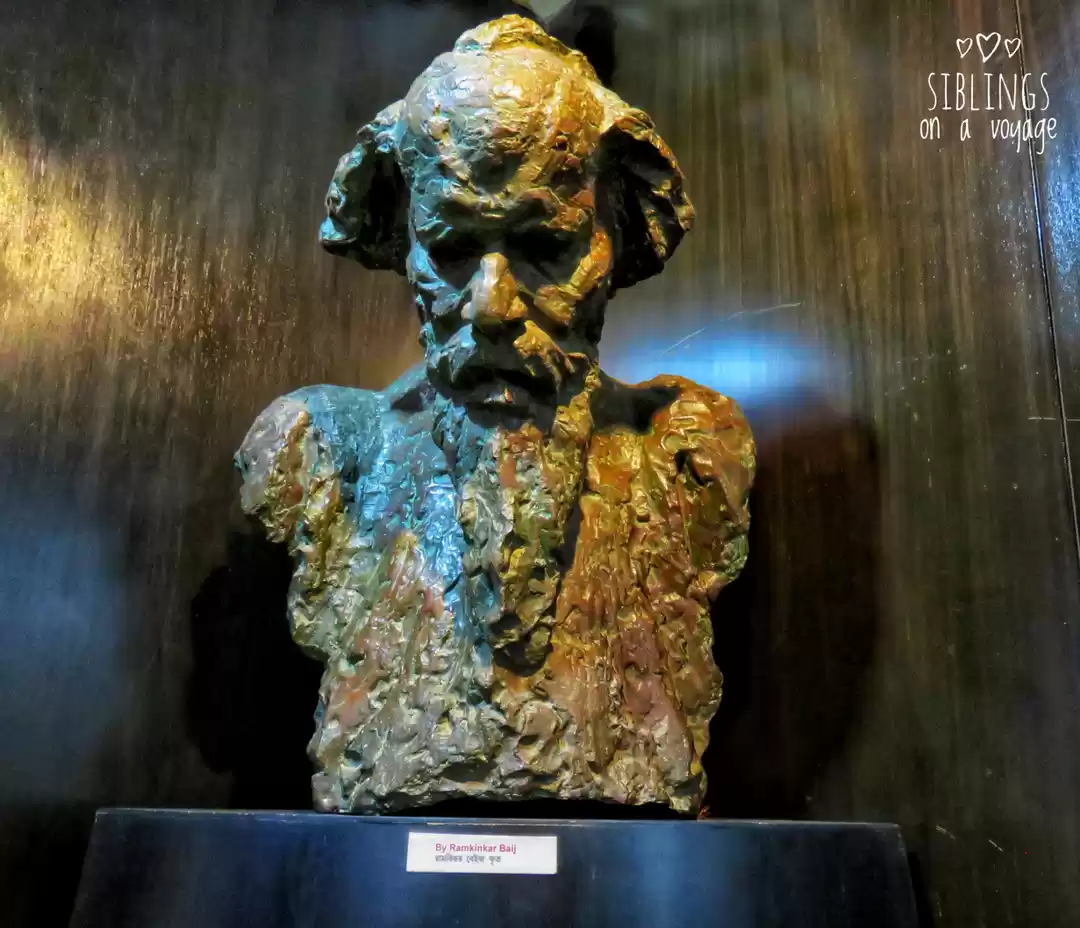The crisp and pure air touched our face. A lung full of fresh air did so well for both soul and body. A woody smell surrounded the enclosure and when you look up, the ‘kolke’ flower tree which was swaying in the cool breeze in front masked the sun to and fro. The sun was very bright and the sky was a perfect azure. Lazily, we were sipping the hot tea and the only thought that ringed in was how we can spend the day outside the town. We started browsing the travel books we carried, and data sheets to identify places that we can visit around Santiniketan across the day. We consulted our hotel manager and he came up with a plan and we went for it.
Our first stop was a temple site called ‘Kankali tala’ a revered Hindu temple very old and people flock there as they say, if you offer puja and take blessings of the goddess, one can get peace in life and your inner desires get fulfilled.
The temple is around 9/10 kms from Bolepur station and the road had a mixed surface of both totally broken asphalt and smooth village road meandering through a maze of paddy fields.
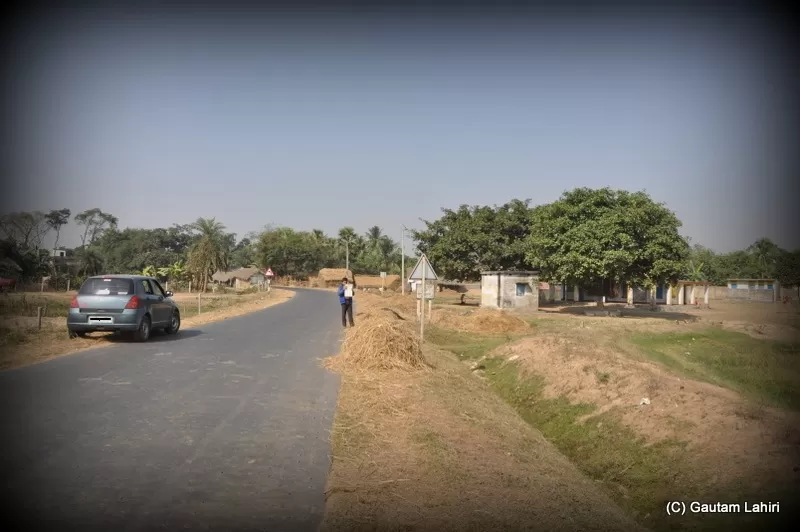
On either side there were water bodies with water hyacinth and lotus bobbing up and down. The wide road slowly narrowed down and through an arched entrance we reached the parking lot of the temple.
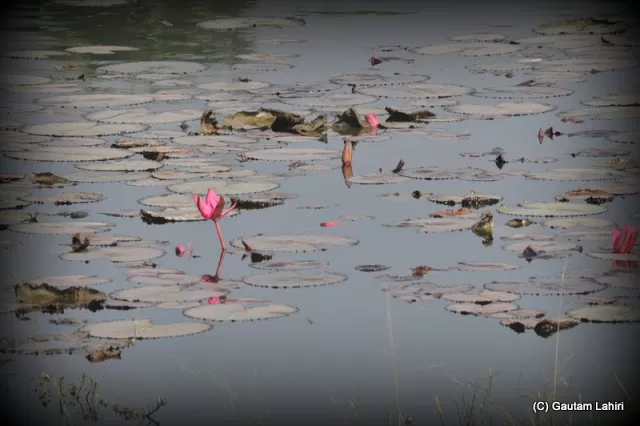
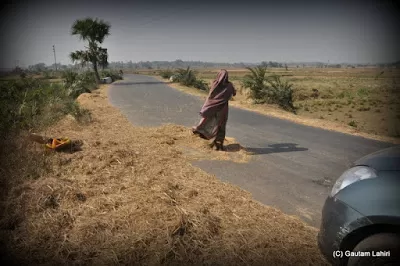
On our way in, we saw a village lady holding a flat container, shaking it and dusting the paddy to separate out the rice from the husk and kept most of her load on the road itself. The passing vehicles were driving over them and in turn separating out the rice. A unique and an effective way with zero cost to do the job…very innovative!
On both sides, scores of handicraft stalls were present and as the day progressed, the crowd gathered round them to buy. The stalls had everything you wanted to see – 'ektaras', single wire musical instruments, artistically decorated bags, bows and arrows, toys, picture frames to hanging decorations made of dried mud in kilns.
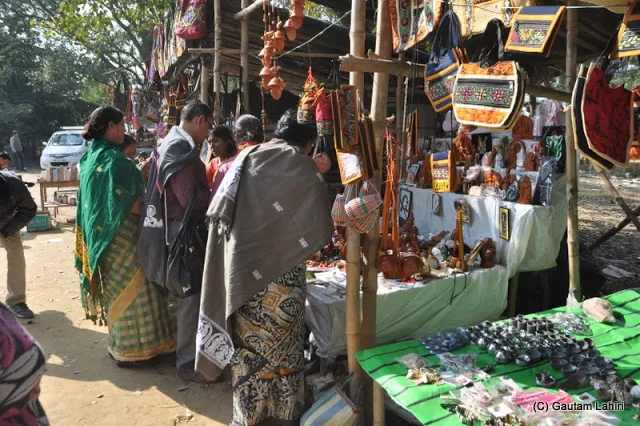
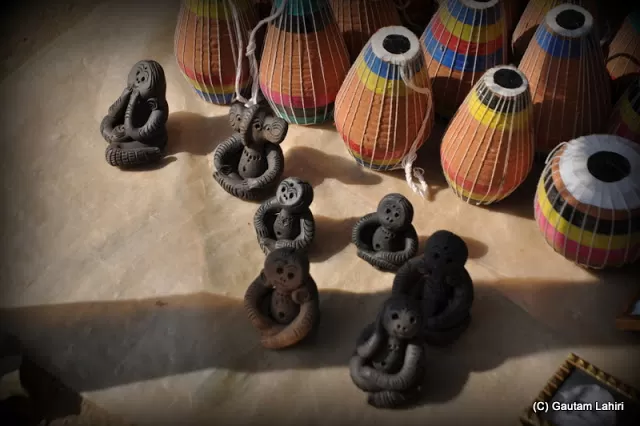
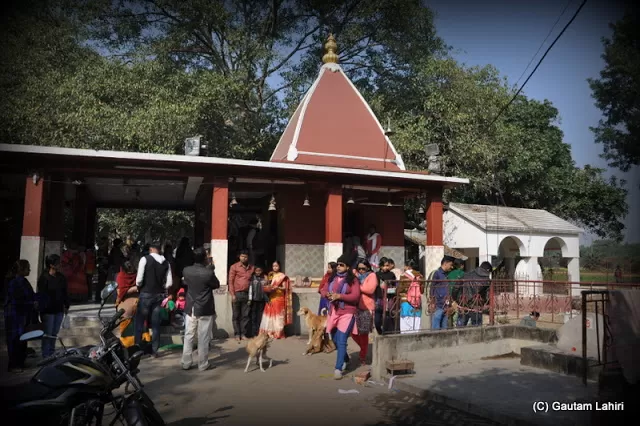
We parked the car on a broken elevated hump and with bare feet and flowers, incense sticks queued up to offer prayers. About an hour of wait, we complete our puja, rang the big bell hanging from the door sill, and came to a small pond just behind the temple.
We did a recce and found few of those local huts that offer very simple; however, fresh ‘luchis’ or ‘puris’ along with ‘ghugni’, a boiled pulse look alike which had a balanced ‘masala’ with a judicious use of chillie powder, the concoction was indeed very tasty. We went inside and sat over a stool and with hay stack as roof, the area was quite cozy and comfortable. We munched happily as we ate our breakfast. We ended it by gulping down another cup of hot tea and got inside the car.
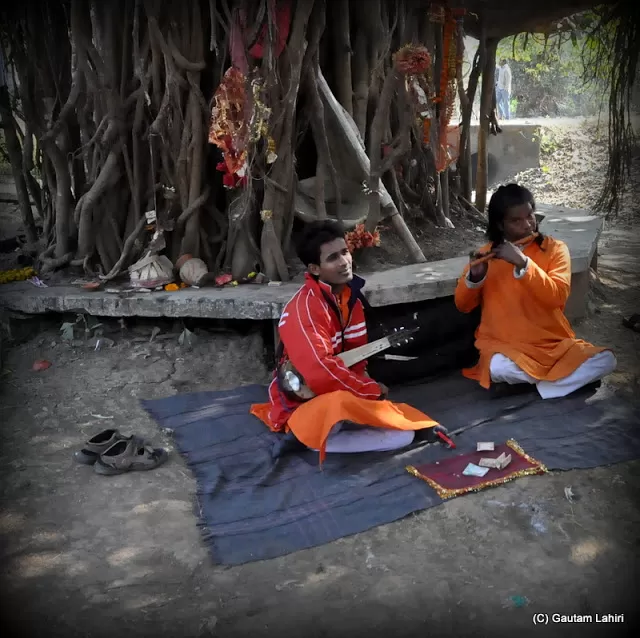
As we were deliciously munching away, a very sweet baul song washed over us of a young boy so we jumped with joy to catch a glimpse.. Below a tree, the boy with his father (baul family) was singing outside the temple premises just under a peepal tree. His resonant voice with perfect control over the songs, captured attention of the crowd as the sweet strumming made everyone spend about an hour listening to the music.
With a good meal, we headed for our next stop, which was a 12 kms drive to a place called ‘Khoai’, a tree laden landscape beside the Khoai river. the road was a deep to light orange as it bounced the vehicles as they rode. On our left was this narrow river with trees all around it and on the right was a land filled with Eucalyptus trees; they gave way to an opening which holds the weekly handicrafts fair on Saturdays.. called the Khoai fair.
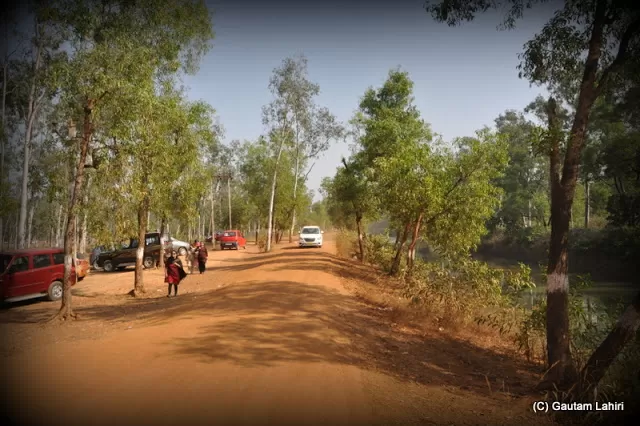
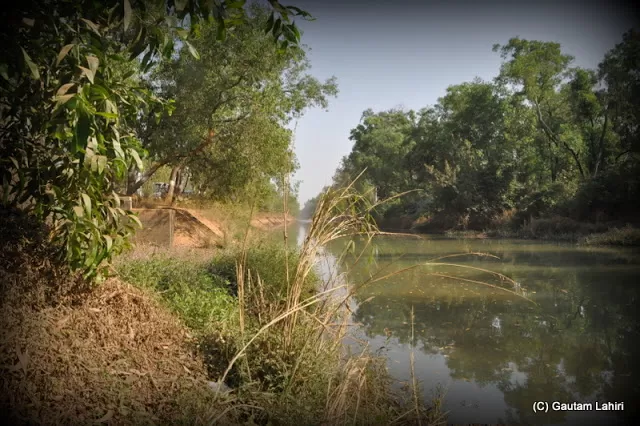
The Khoai fair had attracted people in large numbers and with the sun shining brightly in a winter sky, everyone visited and was glued to the market and buying to their heart's content.
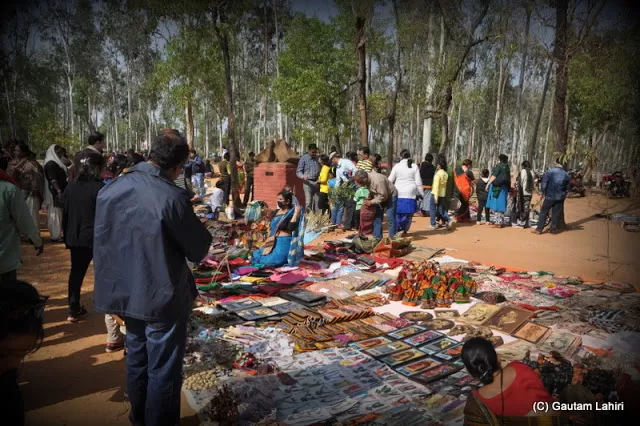
The earth below was orange and with a dash of red as this part of West Bengal is famous for having laterite soil. This has been used by many rulers in India to build monuments and structures for its great properties to withstand the elements of nature. We were moving from one stall to the other, all laid over the ground and everyone had some unique handicraft in various forms - dolls, musical instruments, pictures made of copper wire, mud baked items which attracted all the visitors. Scattered were few baul singers and happily singing away.
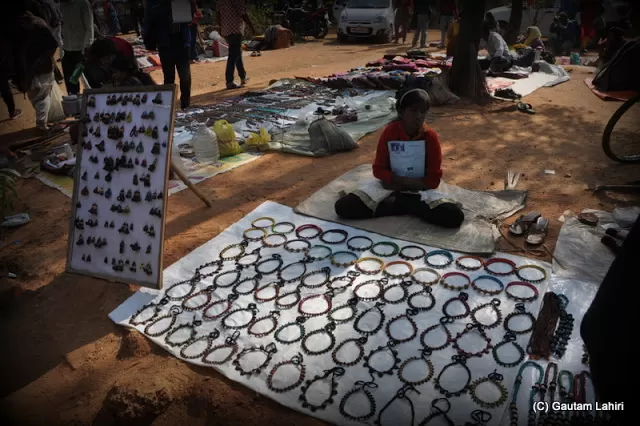

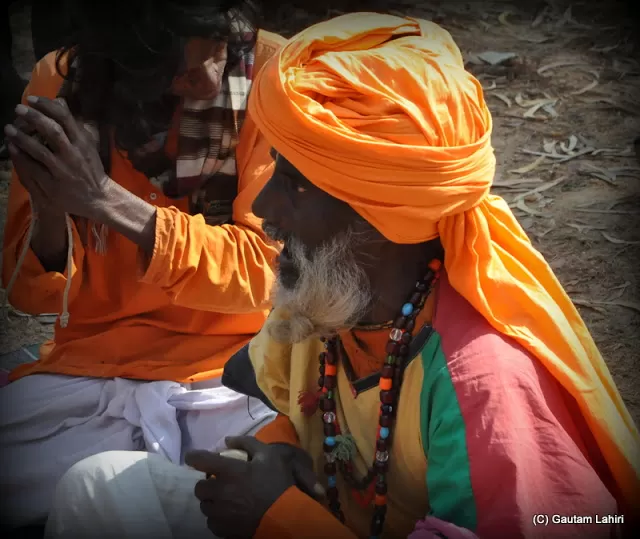
The sun was beating down and even with winter around, the atmosphere made us explore the area with energy that is devoid in a big city. We picked up few items as souvenirs and drove north and came to a building that was quite interesting. Known as 'Prakriti Bhavan' which means a house of nature.
A large building with museums on either side could be seen and on the ground around it, various forms of stone pieces were placed with a caption for each.
Each stone structure was unique in its design depicting a situation in life. We went inside the museum to have a peek at the sculpture of rock and wood on display.
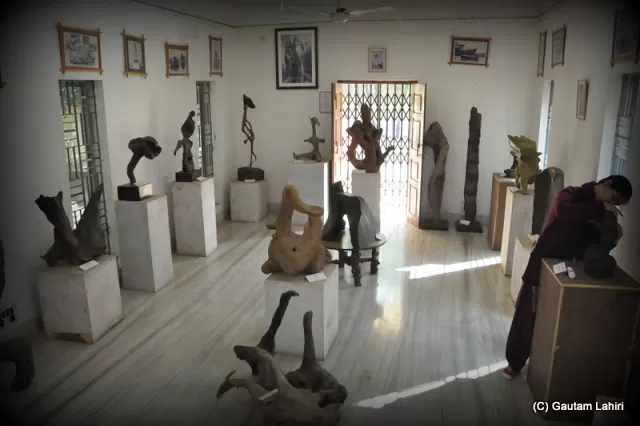
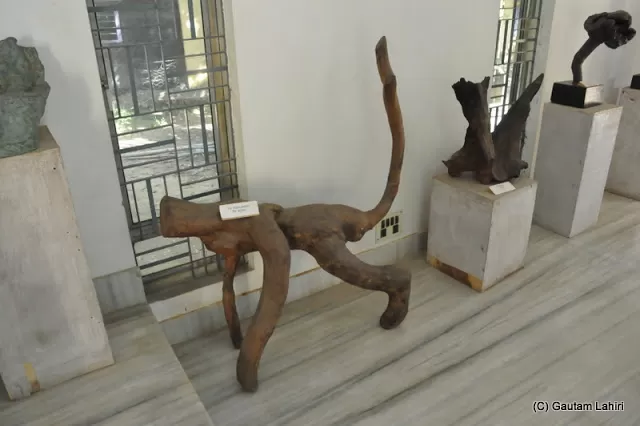
we completed our view of the place, unmistakable sound of drums caught our attention and we hurriedly made our way to the open piece of land ...yes, on the dias under a make shift stage, a group of men and women from the tribal area of Santal district, were dancing and singing away.
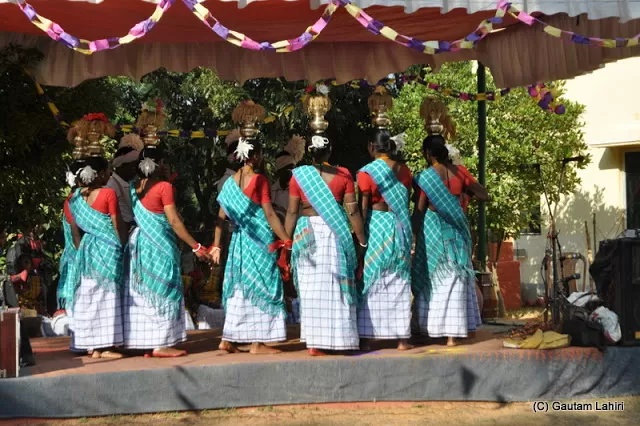
As the tribal dance ended, an interesting piece of an on stage performance could be seen.
With fully painted face, an actor started his show...enacting "Mahishasura', asura from Hindu scriptures, He was depicting the entire scene so naturally..for your viewing pleasure.

The drumbeats accompanied by their simple and natural dance kept us for an hour as we drove back towards 'Prantik' Station to catch a spot of lunch. Far away we could hear the 'toooot' of a passing train, and I increased the speed of the car to catch the train..will that be a goods or passenger train ?
We came to a rail road crossing and was in luck as the train ran past us..right from my childhood days, a passing train always interested me as the iron wheels clanked as it went over the fish plates, a typical 'trainish' smell of iron, diesel, and dust all rolled into one wafted with the wind it brings. As if the world stood still for this great machine to move and within seconds as the last carriage rattled away, all the sound died, the dust settled and I was standing all alone looking at the receding black dot until it vanished.
This blog was originally published on 'The Voyager'





